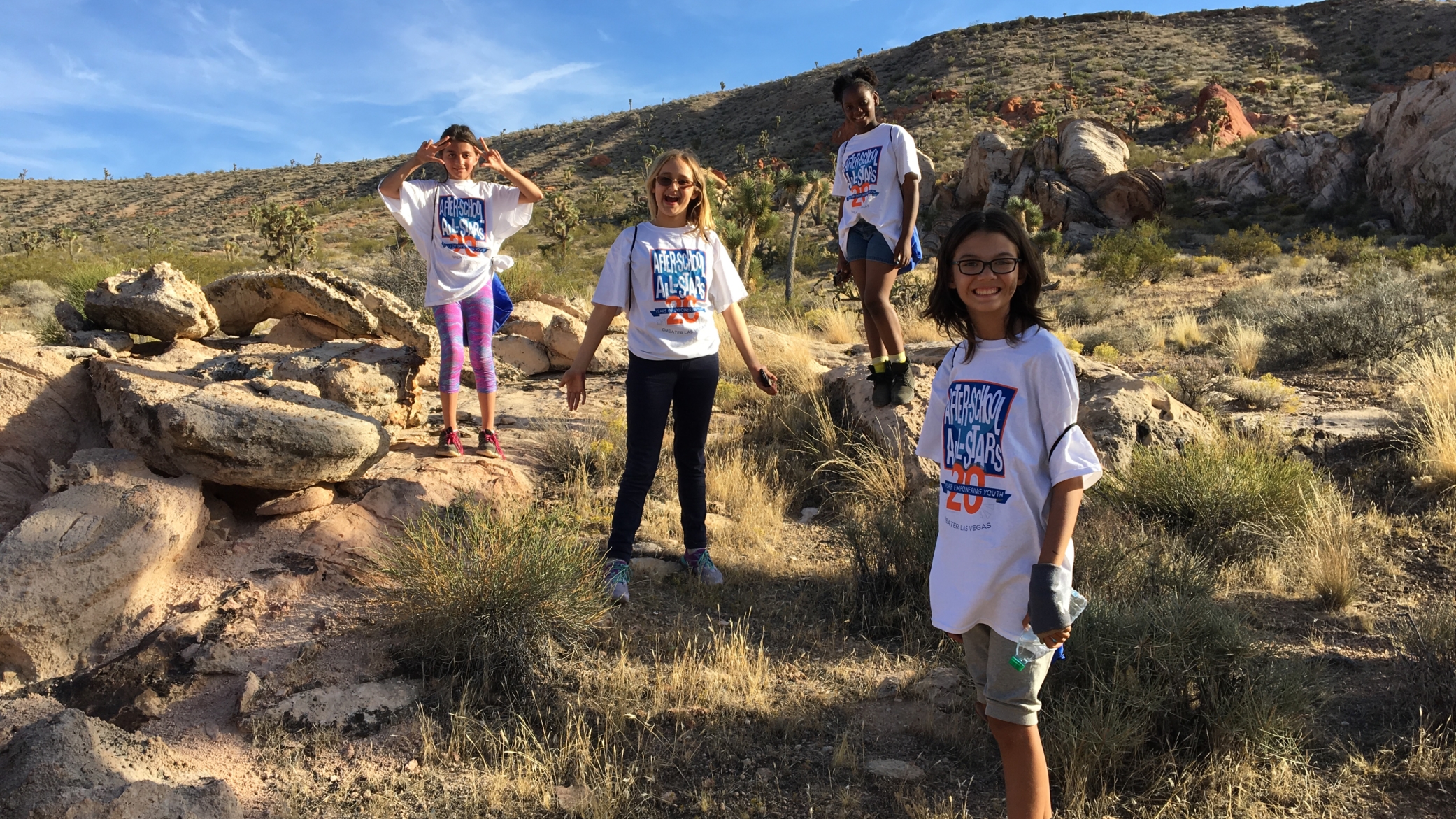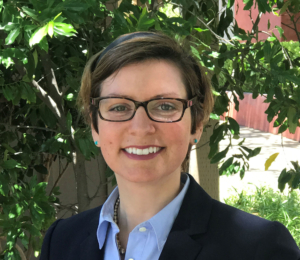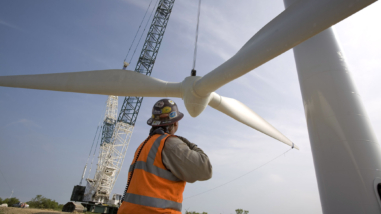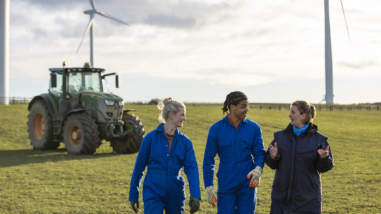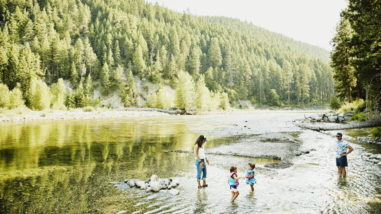Andrea Keller Helsel joined the William and Flora Hewlett Foundation in May as program officer for western conservation, an issue that the foundation has been dedicated to since its establishment more than 50 years ago.
We sat down recently with Andrea to talk about progress in protecting the West’s treasured places, and new directions in conservation.
What drove you to do this work?
Every summer growing up, my parents dragged my three brothers and me to see musty buildings and cannon-laden fields up and down the East Coast. They believed that visiting Civil War battlefields and learning about our nation’s history was instrumental to our early education – and it worked. We all developed a fascination with American history, and did well in our studies. But importantly, those family vacations also instilled in me a sense of responsibility to ensure our heritage is conserved for future generations. We have to ensure that the best of our nation is protected for our children and their children for education, recreation, and inspiration.
What are the challenges today for conservation in the American West, and what can philanthropy do?
Teachers, scientists, private landowners, business leaders, ranchers and other Americans from all walks of life have generously supported our national public lands for more than 100 years. In fact, philanthropists played a key role in conserving many of America’s most iconic national parks for all to enjoy, including beloved places like Yosemite and Muir Woods here in California — as well as local parks, trails, riverways, wildlife sanctuaries, and historic sites nationwide.
Here in the West, people depend on sustainable working lands, public lands, and healthy rivers for hunting and fishing, clean drinking water, outdoor recreation, tourism, clean energy, and diverse, vibrant local economies. Yet the polarized, special interest-driven environment today in Washington, D.C., puts this legacy at risk. Philanthropy has a role to play in supporting communities that are working to sustain their outdoor heritage.
Where has the conservation field made the greatest progress in recent years, and where are opportunities for progress in the coming years?
Increasingly, Westerners agree that their quality of life – really, what they enjoy most about where they live – is access to clean water and national public lands like parks, monuments, and forests. These places lure tourists, hunters and anglers, retirees, entrepreneurs and even high-tech businesses, and they provide Americans with benefits that range from good health to unbelievable big game hunts and diverse local economies.
Partisan efforts to rollback protections for our clean water supplies and parks or upset the sensitive balance between conservation of wildlife habitat, recreation and energy development on Western public lands are merely galvanizing the public to protect the places they hold dear. Our grantees see this as a critical moment for Westerners to find common ground in defense of their shared heritage – ranchers, sportsmen, small business owners, faith leaders, families, tribes, and community leaders alike.
What are you hoping to learn from grantees?
Our grantees are doing innovative work to conserve the ecological integrity of the North American West. I’m spending a lot of time meeting with grantees, listening and learning about their strategies to build new partnerships, engage new stakeholders, and blaze new ground in defense of our natural and cultural heritage. I see it as my role to support their leadership to achieve the policies and protections that make the most sense for their communities.
How is the program going in new directions?
In the coming months, we will begin a process of reviewing the strategy behind our grantmaking in western conservation. We anticipate taking a close look at emerging issues such as the nexus between water, energy, land use, and climate change in the North American West, but also opportunities for philanthropy to play a meaningful role in enabling a greater range of Westerners to engage in the public discussion about the future of our national public lands and waterways.
I am also eager to continue the Hewlett tradition of supporting community-based collaboration. It is critical to restoring healthy rivers in the West, conserving habitat for wildlife, and creating parks for our families – sustaining the quality of life valued by so many of us. The words of author and American historian Wallace Stegner inspire me: “One cannot be pessimistic about the West. This is the native home of hope. When it fully learns that cooperation, not rugged individualism, is the quality that most characterizes and preserves it, then it will have achieved itself and outlived its origins. Then it has a chance to create a society to match its scenery.”

